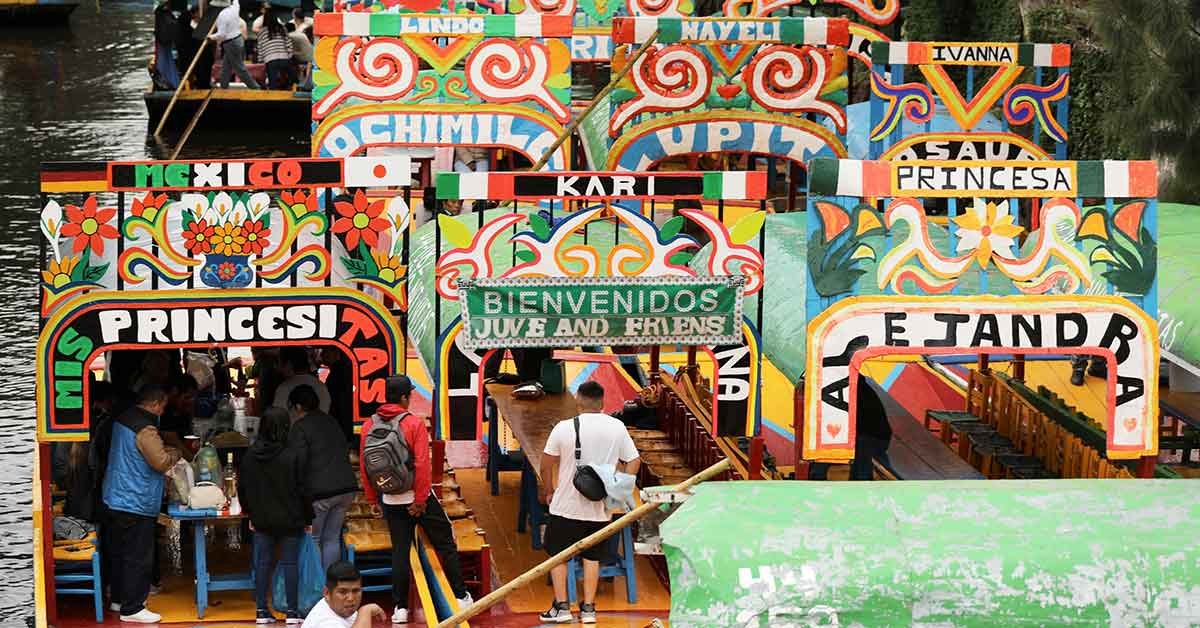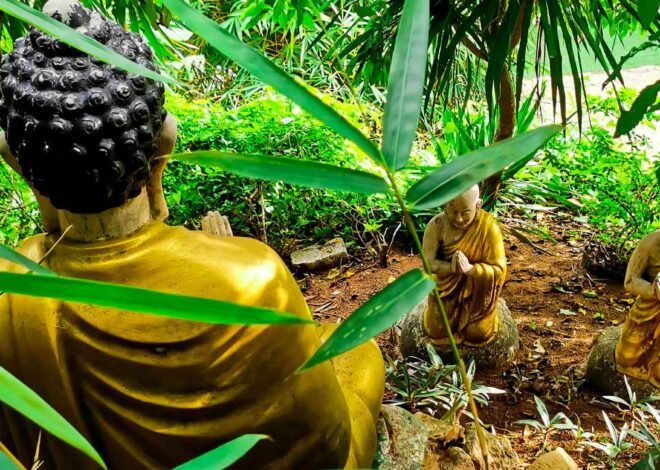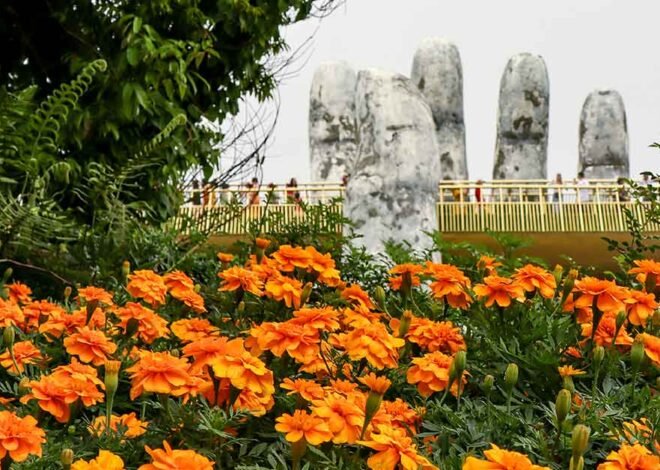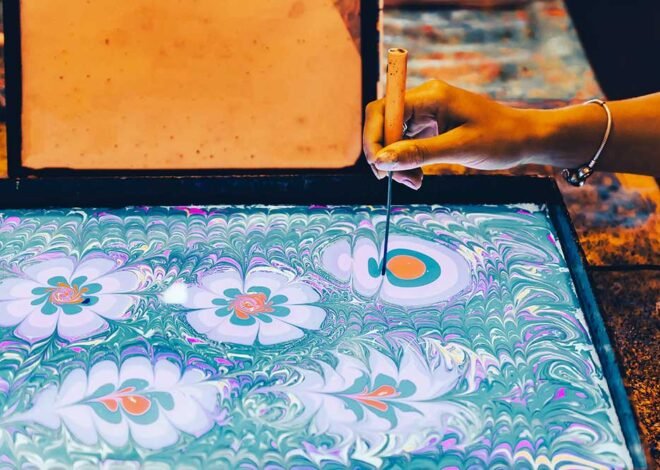
Floating Gardens & Magical Trajineras
Trajineras Floating on Xochimilco Canals, Copyright © Cooltourismical.com
Xochimilco’s Ecological Park is both a stunning natural sanctuary, home to some incredible wildlife and plant species, and the liveliest floating market I’ve ever seen. Every day of the week, people are partying on the canals as life along the shores continues at its own unhurried pace.
I would say it is one of the best places to learn about the history and traditions of Mexico’s indigenous people.
When they rent a trajinera, most visitors choose a 2-hour return trip on the main canal, where the energy is high, mariachi are singing, and fresh food is steaming all around.
But there’s also the 4-5 hour-long journey that takes you further into the quieter corners of the Xochimilco reserve, where the vendors thin out, giving way to calmer waters, almost untouched wilderness, a handful of floating gardens that are still in use, and locals just living their normal lives.
We rented our trajinera on a cloudy September Saturday, around 11 30, setting off from a sea of docked boats for a 5-hour tour. When we left the pier, even if it felt like weekend, there were still few people on the main canal. Most of them were groups of Mexicans enjoying the views, plus the vendors. On the shores, many shops were just opening.
🪇 What to Expect: The Floating Market – Things to Buy on the Xochimilco Canals
Xochimilco Vendor Selling Axolotl Plush Toys, Copyright © Cooltourismical.com
Once we started floating away, we were instantly surrounded from all sides by colorful boats carrying goods (and services) to buy.
Some boats were selling Mexican street food, much of it made from masa, the traditional corn dough. For example, quesadillas, sopes, tlacoyos, and tostadas—some dishes were crunchy, others soft, and all filled with beans, meat, or cheese.
Elotes Vendor, Copyright © Cooltourismical.com
I also spotted elotes—it’s the boiled (or grilled) corn on the cob slathered with chili, lime, and cheese—and, of course, chicharrones, the crunchy pork rinds with chili and lime seasoning. Both smelled amazing even from afar and are kind of must-haves if you’re into street food.
Food & Drinks on the trajinera, Copyright © Cooltourismical.com
I got 4 quesadillas for around 160 mexican pesos. But I was not actually hungry. And unfortunately, after three hours on the boat, they went cold and lost their magic. If you plan to try them, they’re so much better warm.
Some boats sold drinks, too—beer, pulque, and mezcal were everywhere, targeting parties. Still, this time, I stuck on the non-alcoholic options available and grabbed a local juice and a bottle of water for around 60 pesos.
Caramel Apples and Mexican Snacks on the Xochimilco Canals, Copyright © Cooltourismical.com
And then there was the highlight of my meal: a weirdly sparkling blue sugar-coated apple. I used to love them as a child, but this one was definitely something else, playful and new – a bit sweet, a little salty, with a hint of lime. Couldn’t stop taking pictures! And eating.
Beyond the food, some boats were carrying around handmade souvenirs like miniature trajineras, fluffy axolotl toys, and delicate flower crowns. Others, – beautifully dressed Mexico City mariachi bands, waiting to fill the air of the floating gardens and the marketplace with music and passion.
🌱 What to Expect: The Eco Park, The Floating Gardens & Mexican People
Xochimilco Protected Area, Copyright © Cooltourismical.com
After about an hour or so, we reached the Xochimilco protected area. The transition from the main canal to the smaller, quieter one—set at a different water level—seemed to be managed by a mechanized lock (boat lift). It gently lowered the trajinera, taking us from the lively tourist area into a real natural paradise.
This was where a whole new kind of magic began.
The music of the mariachi and laughter started to fade away slowly, as the scenery became wilder, and vegetation, denser. Beautiful birds were gliding as if nothing in the world could ever disturb their peace. Along the way, locals carried on with their daily simple routines—either transporting goods, working on repairing and painting boats, or quietly making their way to their destinations.
People living in Xochimilco Protected Area, Copyright © Cooltourismical.com
Just to get an idea, the water inside the protected area is invaded by hyacinths and patches of green algae, being left with only small clear gaps for sunlight to shimmer through. Along the canals, you can spot a variety of birds—egrets, herons, ducks, and even the occasional kingfisher.
Water Hyacinths and an Egret, Xochimilco Ecological Park, Copyright © Cooltourismical.com
Inside and outside the protected area, you can also visit the cute axolotl, Mexico’s national treasure, a fascinating amphibian, often called the “walking fish”. It was highly valued during the Aztec Empire, serving as medicine, food, and a ceremonial object. It was believed to be an incarnation of the god Xolotl, the brother of Quetzalcoatl,
Inside the Unesco Reserve, Copyright © Cooltourismical.com
And the chinampas, the iconic floating gardens, are still there since the Aztec times. Some still grow vegetables, colorful flowers, or tall corn plants, and can be actually visited, while others are overgrown with grass, which makes them easily blend with the surrounding wilderness. The shores are often framed by reeds, which sway gently in the wind.
The rest of the vegetation is a mix of tall trees, including eucalyptus, cypress, and native willows, Ahuejote, with their long, draping branches that touch the water, and native shrubs that thrive along the banks. Vines climb freely, weaving through the trees.
Xochimilco Canals, Copyright © Cooltourismical.com
To be honest, I don’t like the chairs on the trajinera too much, but I do love its slightly sloped front. It makes a great spot to stretch out a bit. There, you can lie on your belly, taking in all the miracles of nature and life at water level, where everything flows in perfect harmony. Or you can lean back, looking up at the skies and daydreaming.
Going back to the actual trip, we eventually arrived at the infamous Island of the Dolls (Isla de las Muñecas). It was completely creepy—dolls with blank stares and missing limbs hanging from every tree. Honestly, I’d only recommend visiting if you’re into that kind of eerie, horror-like vibe. It’s definitely not for the faint-hearted! In what concers me, that half hour could have been definitely spent more wisely.
We returned to the piers through the same waterways, but by 4 p.m., the main canal was a completely different place than it had been in the morning. The canal was almost suffocated.
Tourists in Xochimilco, Copyright © Cooltourismical.com
Boats were now packed with large groups celebrating birthdays, bachelor parties, and family gatherings. The vibe, lively and chaotic. Music was blasting from portable speakers, and mariachi bands were performing loudly from everywhere.
Xochimilco in the afternoon, Copyright © Cooltourismical.com
People were here for the famous floating fiesta and an almost infectious energy and happiness were spreading from boat to boat. We didn’t hire the mariachi, but it costs around 300 mexican pesos /song.
For us, it was time to go. Until next time.
🗺️ Map of Xochimilco Tour Itinerary I had | 4-5 Hour Long


